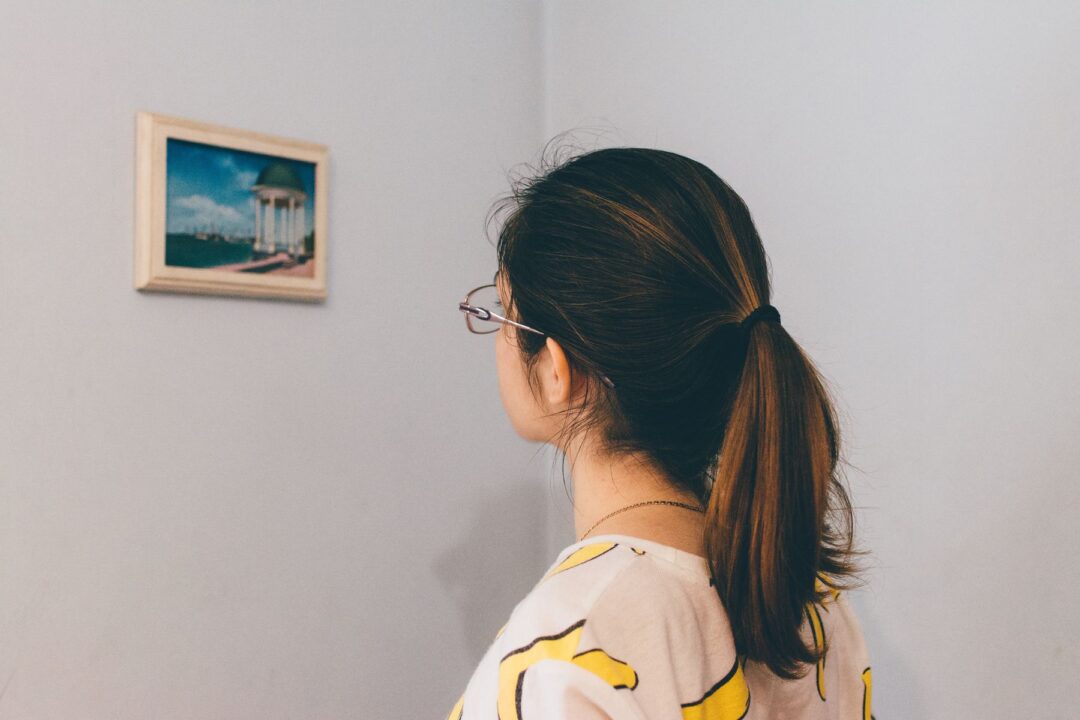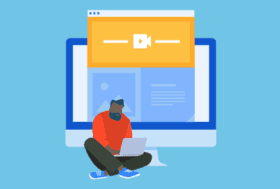Creativity and community: Primary schools and the use of digital technology
Written By: Author(s): Caitlin McMillan

5 min read
Chartered College of Teaching · Creativity and community: primary schools and the use of digital technology
School closure following the COVID-19 pandemic has placed technology at the centre of a teacher's toolkit. At London Connected Learning Centre (London CLC), we are fortunate to support a number of London primary schools with their delivery of extraordinary learning, with and about technology. We have long advocated a cross-curricular approach to digital technology - our pupil workshops cover a wide range of the primary curriculum and we run dedicated CPD in the use of digital tools in maths, creative arts, humanities and English.
Through this time of change and uncertainty, technology can no longer be confined to the computing curriculum; the creative use of digital technology is helping teachers to maintain school communities, encourage expression in their pupils, share successes and offer feedback.
Teacher creativity and school community
'Encouraging and en
Join us or sign in now to view the rest of this page
You're viewing this site as a guest, which only allows you to view a limited amount of content.
To view this page and get access to all our resources, join the Chartered College of Teaching (it's free for trainee teachers and half price for ECTs) or log in if you're already a member.











I believe blended learning offers several advantages. Firstly, it provides greater flexibility in terms of time and location. Students can access learning materials and complete assignments at their own pace and from anywhere with an internet connection. This flexibility is particularly beneficial for students who have other commitments or prefer self-directed learning.
Secondly, blended learning promotes personalized learning. Online platforms can provide adaptive learning experiences tailored to individual students’ needs, allowing them to learn at their own level and progress at their own pace. Teachers can also use data from online assessments and activities to identify strengths and weaknesses and provide targeted support.
Furthermore, blended learning enhances student engagement and participation. The integration of technology and interactive online activities can make learning more interactive and enjoyable. It also encourages collaboration and communication among students, as they can interact with their peers through online discussions and group projects.
However, in our school’s practice, we have also encountered challenges with blended learning. Access to technology and reliable internet connectivity can be a barrier, particularly for students from disadvantaged backgrounds. Teachers also need to receive proper technology training to effectively utilize technology and design online learning experiences that align with instructional goals.